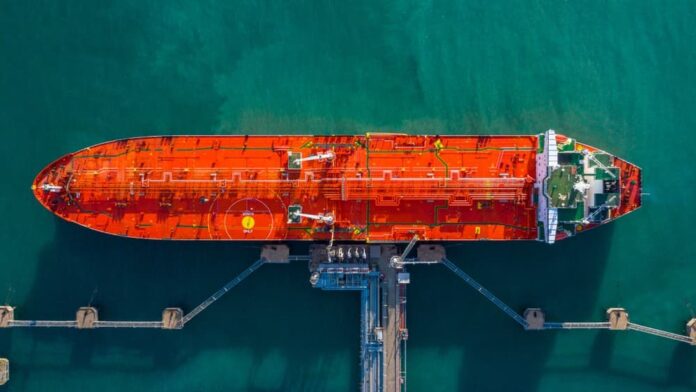Russia boosted its crude oil exports in late December and early January and all its Asia-bound cargoes from its Western ports continue to pass through the Suez Canal/Red Sea route, vessel-tracking data monitored by reporters showed on Tuesday.
Russia’s crude oil shipments averaged 3.43 million barrels per day (bpd) in the four weeks to January 14, a rise of 94,000 bpd compared to the four weeks to January 7, according to the data reported by Bloomberg’s Julian Lee.
In the week to January 14, Russian crude exports by sea jumped by 166,000 bpd to 3.45 million bpd, down from the May-June 2023 levels, from which Russia has pledged to cut supply in the first quarter of 2024.
But the export level in the latest reporting week to January 14 was still less than half the 500,000 bpd cut that Russia has pledged for this quarter, the data compiled by Bloomberg showed.
In the week to January 7, Russian crude oil shipments averaged 3.28 million bpd—exactly 300,000 bpd below the observed exports by sea in May and June, which are used as reference levels for Russia’s promised reduction of 300,000 bpd of crude exports, Bloomberg data showed last week.
At the latest OPEC+ meeting at the end of November, Russia said it would deepen the export cut to 500,000 bpd in the first quarter of 2024 – with May and June 2023 being the reference export levels for the cut.
The cut this quarter will consist of reductions in exports of 300,000 bpd of crude and 200,000 bpd of refined products.
All crude cargoes loaded at the Russian ports in the Baltic and Black Seas continue their journey to Asia – now Russia’s top export destination – via the Suez Canal/Red Sea route, per Bloomberg’s data.
While the Houthis are targeting tankers and container ships operated by the West, Russian shipments are considered to be relatively safe in the Red Sea, unless a tanker is hit by mistake.
Also worth noting in Russia’s oil shipments data is that Moscow likely continues to struggle to sell its Sokol crude, with Bloomberg estimating that 16 cargoes carrying more than 11 million barrels of crude are still stuck on tankers at sea and going nowhere.
Source:Oilprice.com















